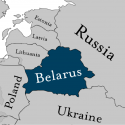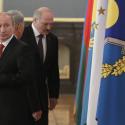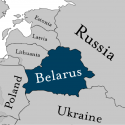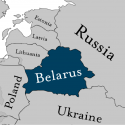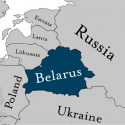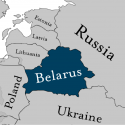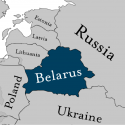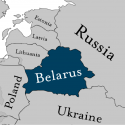Lukashenko’s campaign to expel and detain opposition leaders is failing to disrupt increasingly adaptable and sustained protests. Tens of thousands of protesters marched in the fourth weekly women’s march in Minsk on September 12, and over 100,000 marched in Minsk and around the country on September 13. Telegram channel NEXTA intentionally refrained for the first time from publishing instructions for the Sunday march on Saturday night, to prevent security forces from pre-deploying to protest sites. NEXTA did not issue protest instructions until nearly noon on Sunday, directing protests to begin at 2:00 pm local time. NEXTA issued detailed instructions and maps – which tens of thousands of protesters followed – asking protesters to gather in several separate areas around Minsk before converging on key locations, including Lukashenko’s residence and large plazas, from several directions. NEXTA’s flexible control of the protests forced Belarusian security forces to redeploy throughout the day to follow protesters. ISW previously forecasted Lukashenko’s efforts to disrupt protests through the arrest and expulsion of the remaining opposition leaders in Belarus would not impede protests, which remain effective without on-the-ground leadership.
